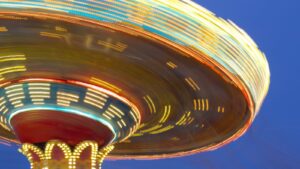We enjoy an extraordinary blue backyard here in Tampa. It includes tributaries and aquifers that flow into beautiful Tampa Bay, the gateway to the bountiful Gulf of Mexico, which then expands south to The Florida Keys. Coral reefs are among our most highly productive ecosystems, providing us with an incredible number of benefits for both leisure and livelihood, such as: beautiful diving and snorkeling, protection of our coasts and habitats, and acting as nurseries for both commercial and recreational fisheries. They also provide critical habitat for other species such as sea turtles, dolphins and sharks — all key species for maintaining healthy resilient ecosystems.
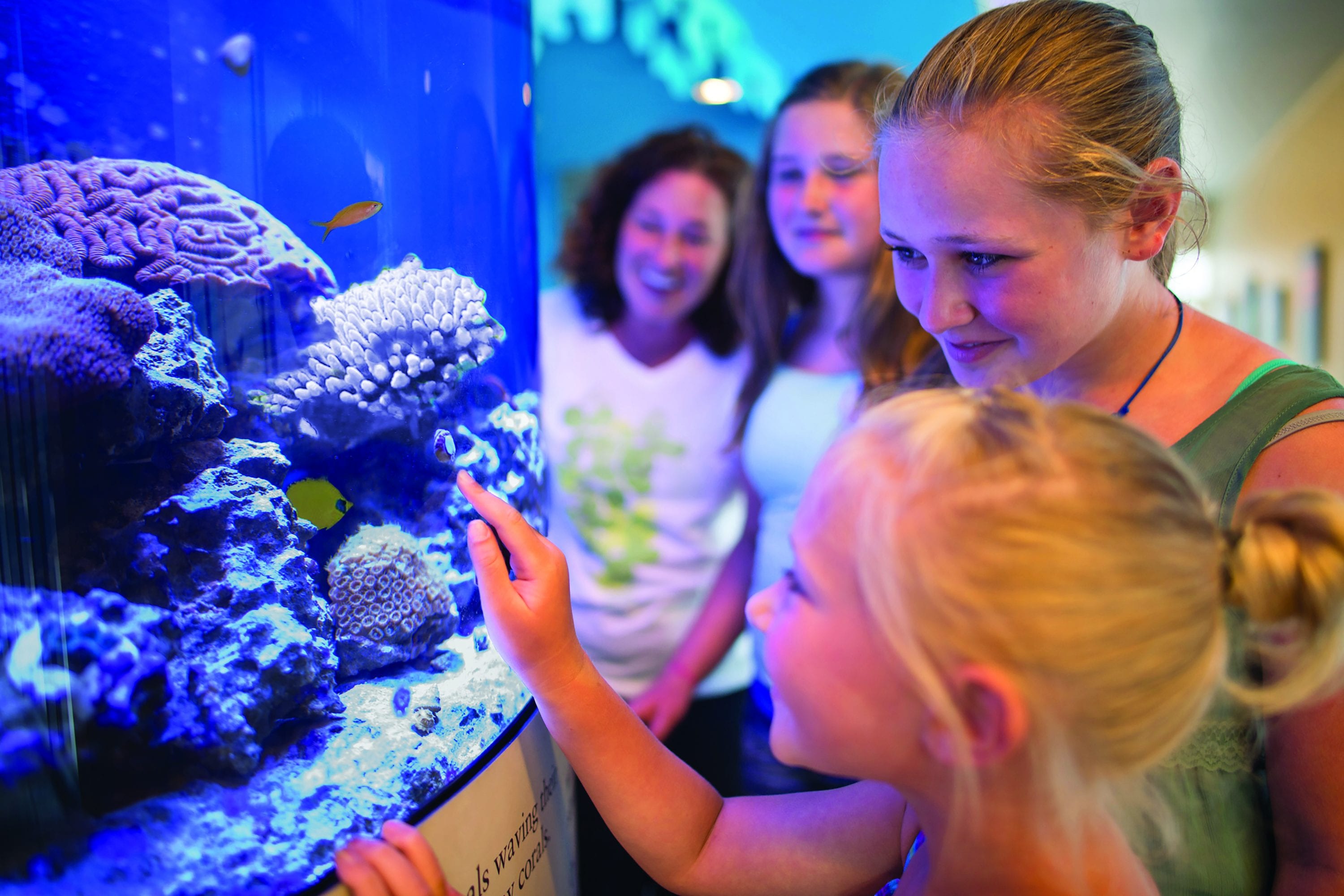

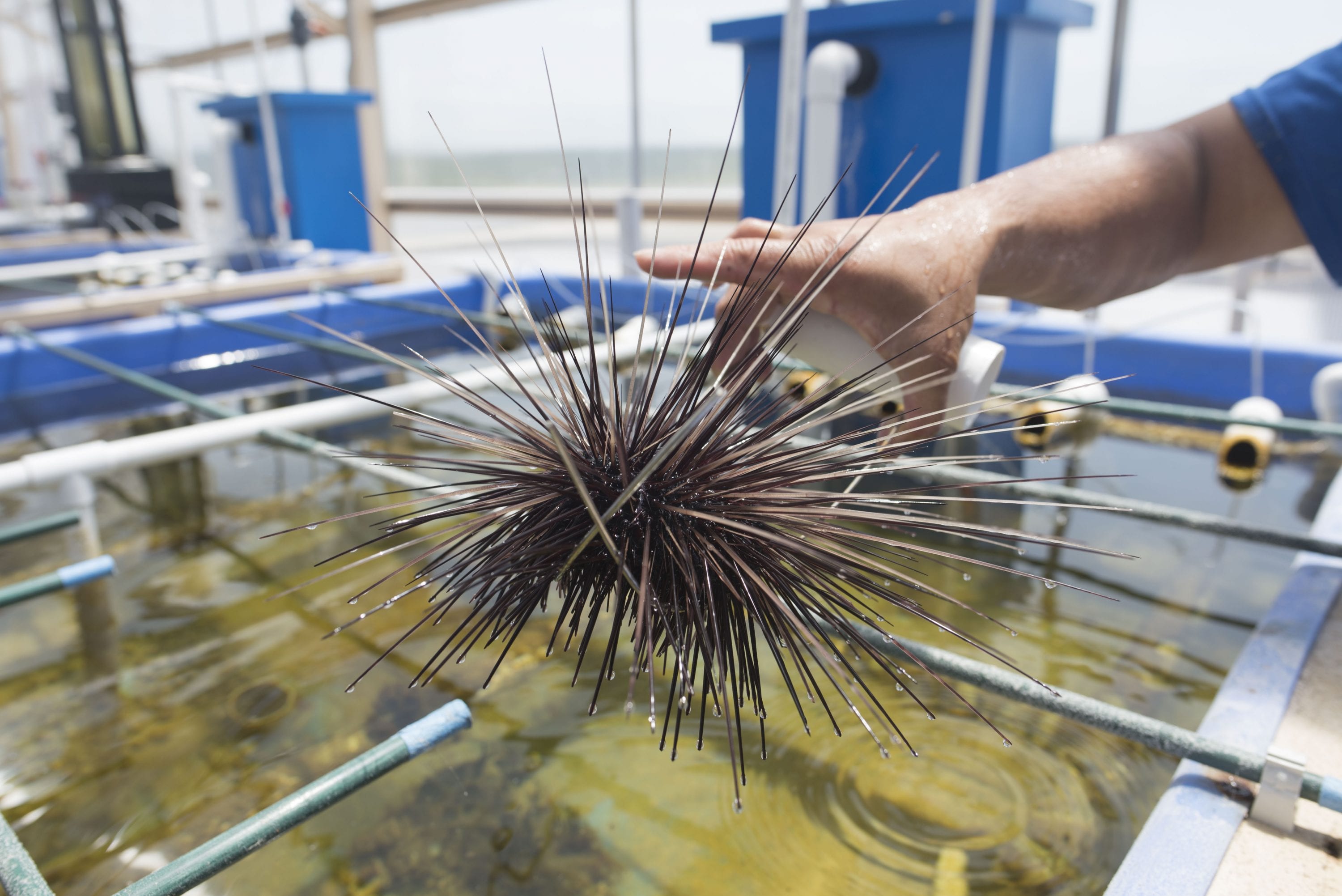
Sadly, our coral reefs, one of the many of precious ecosystems upon which we depend here in Florida, are disappearing faster than scientists had forecast. The issues are many and complex—from ocean acidification and pollution to climate change and boat impacts. Because The Florida Aquarium believes we can and must protect and restore our blue planet, part of our effort is diving in to save the precious animal we call coral and our declining Florida Reef Tract, the third-largest barrier reef in the world, running 360 miles through the Florida Keys.
Our work includes scientific and technological prowess in four key areas:
We are learning the process of reproducing staghorn coral to increase the genetic diversity of this species and to ultimately create more resilient coral reefs. When coral spawns (once a year in August), The Florida Aquarium’s group of experienced scientific divers collects coral sperm and eggs (spawn) from the Coral Restoration Foundation’s underwater offshore nursery in the Florida Keys. The Association of Zoos and Aquariums and other coral conservation partners assist in this complex event. To date, we have learned how to collect eggs and sperm and, in our labs, create embryos that develop into free-swimming larvae.
Many larvae are released back into the sea; the rest we settle in aquatic systems that are designed to help them grow into new colonies. The first and longest-living sexually reproduced staghorn colony under managed care began to grow in 2014 at our Aquarium. Our urgent mission is to replicate and ramp up this process.
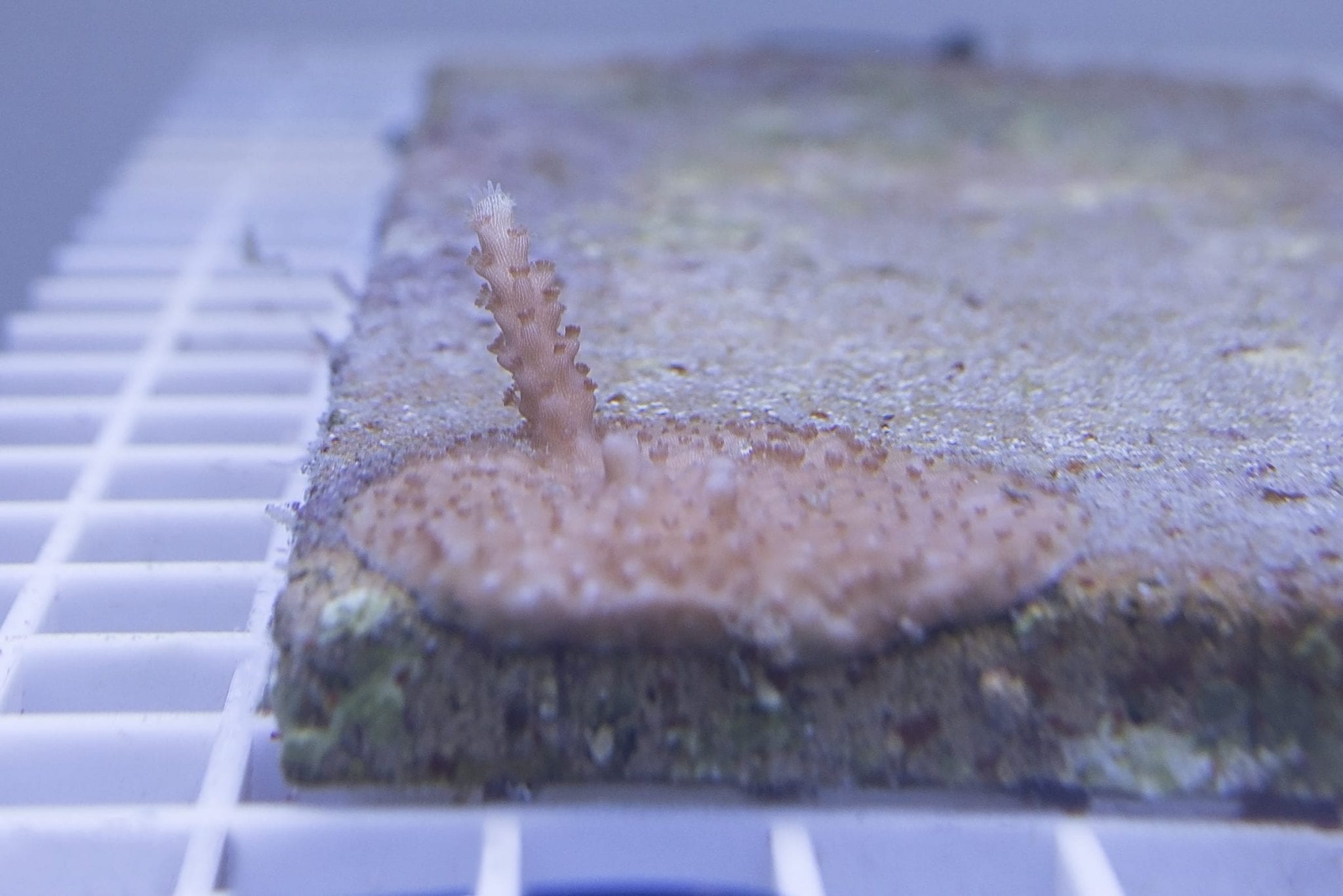
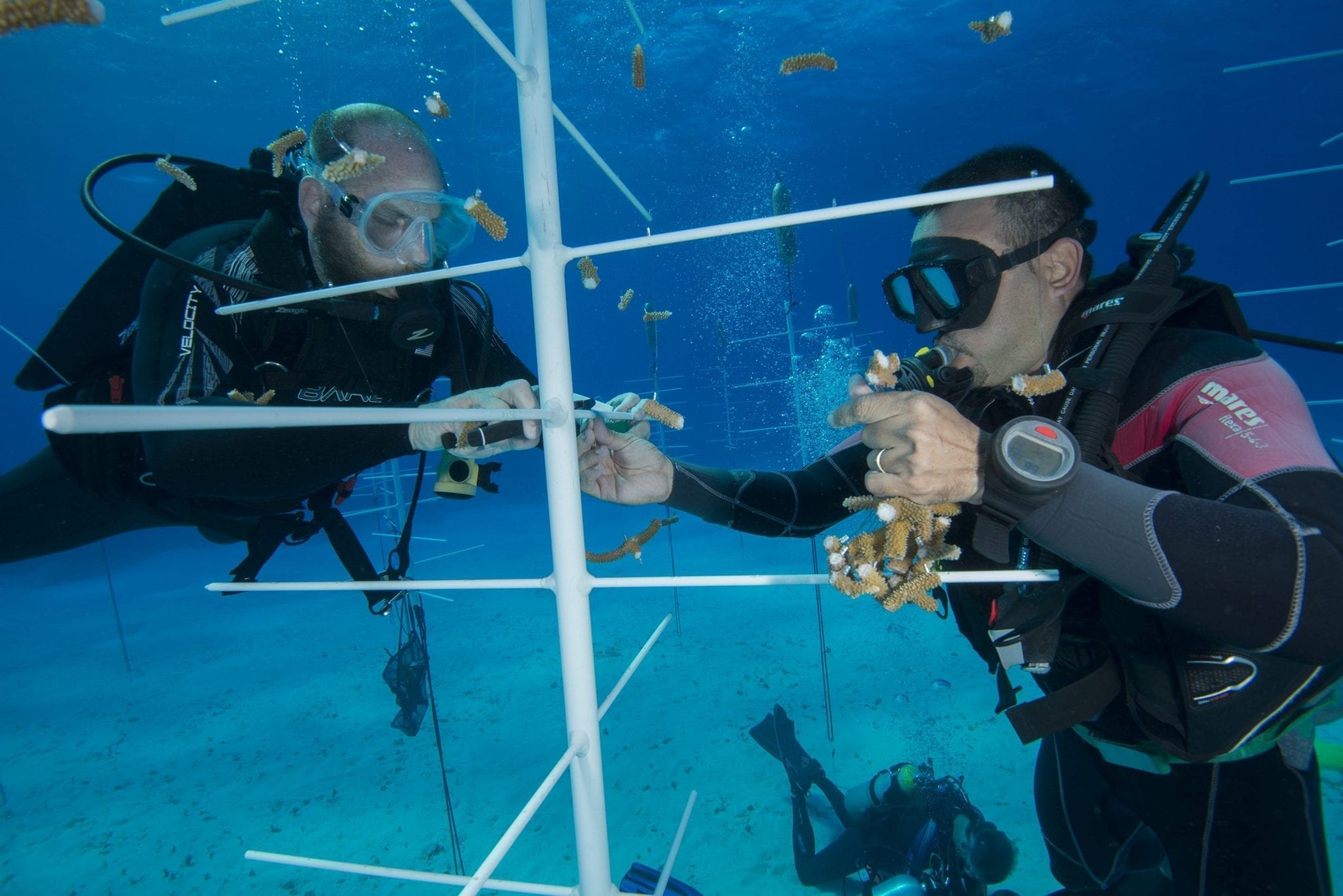
We are building coral arks at our Center for Conservation at Apollo Beach. These living labs are where we grow critical species such as staghorn and pillar coral, as well as the long-spined urchin, which are all very important to create and maintain healthy reef ecosystems. Also, here we study the diseases affecting wild coral populations through samples of coral we have rescued.
We are expanding internationally with the National Aquarium of Cuba (NAC). Cuba is home to the most pristine reefs in the Caribbean, which provide us with a model for our restoration work. In turn, NAC is learning to be more proactive in caring for its reefs should theirs begin to decline. Thus, we have created an immensely beneficial partnership whereby NAC participates in our coral projects, and we are helping them build their own underwater coral nursery and coral ark.
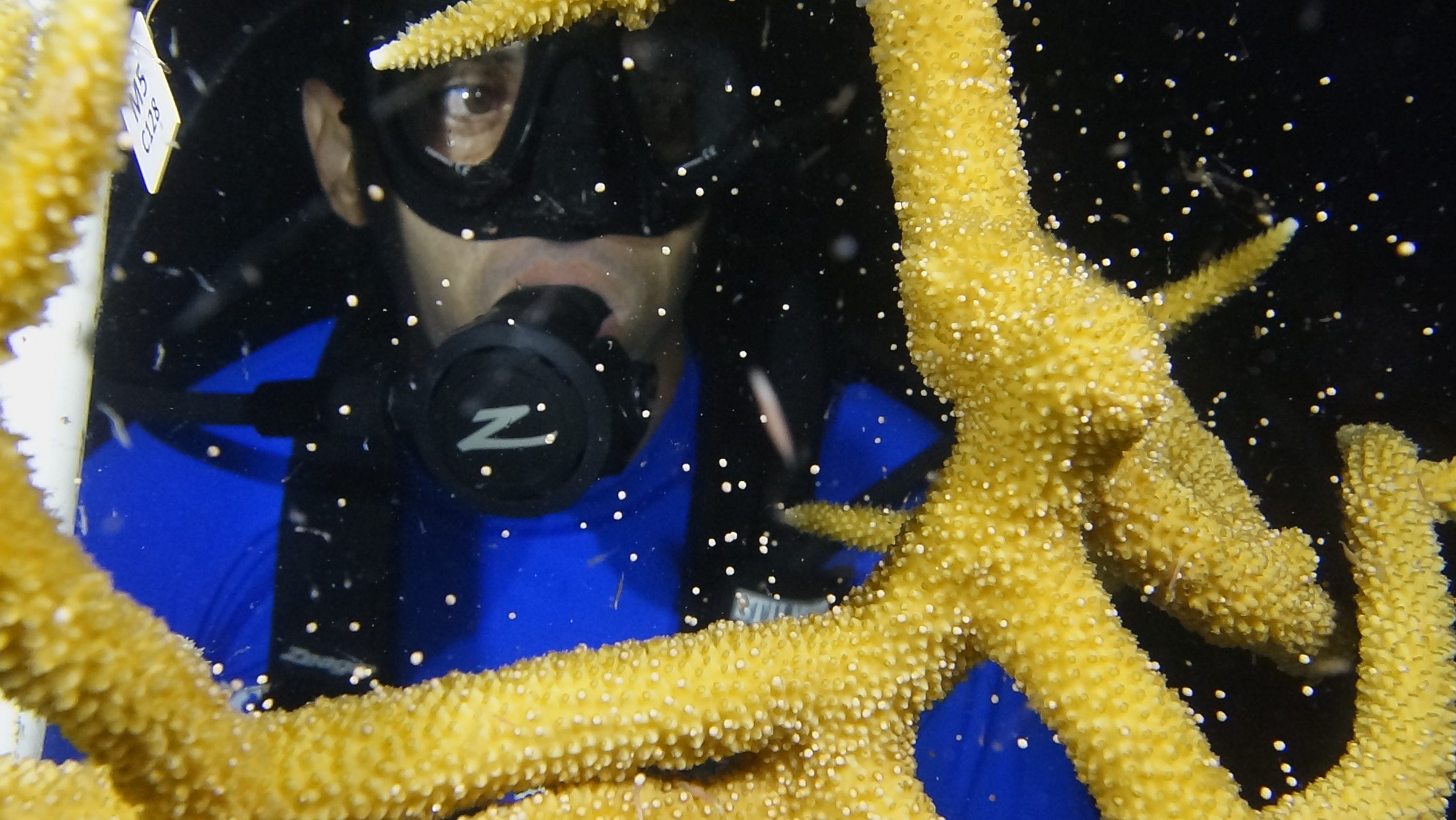
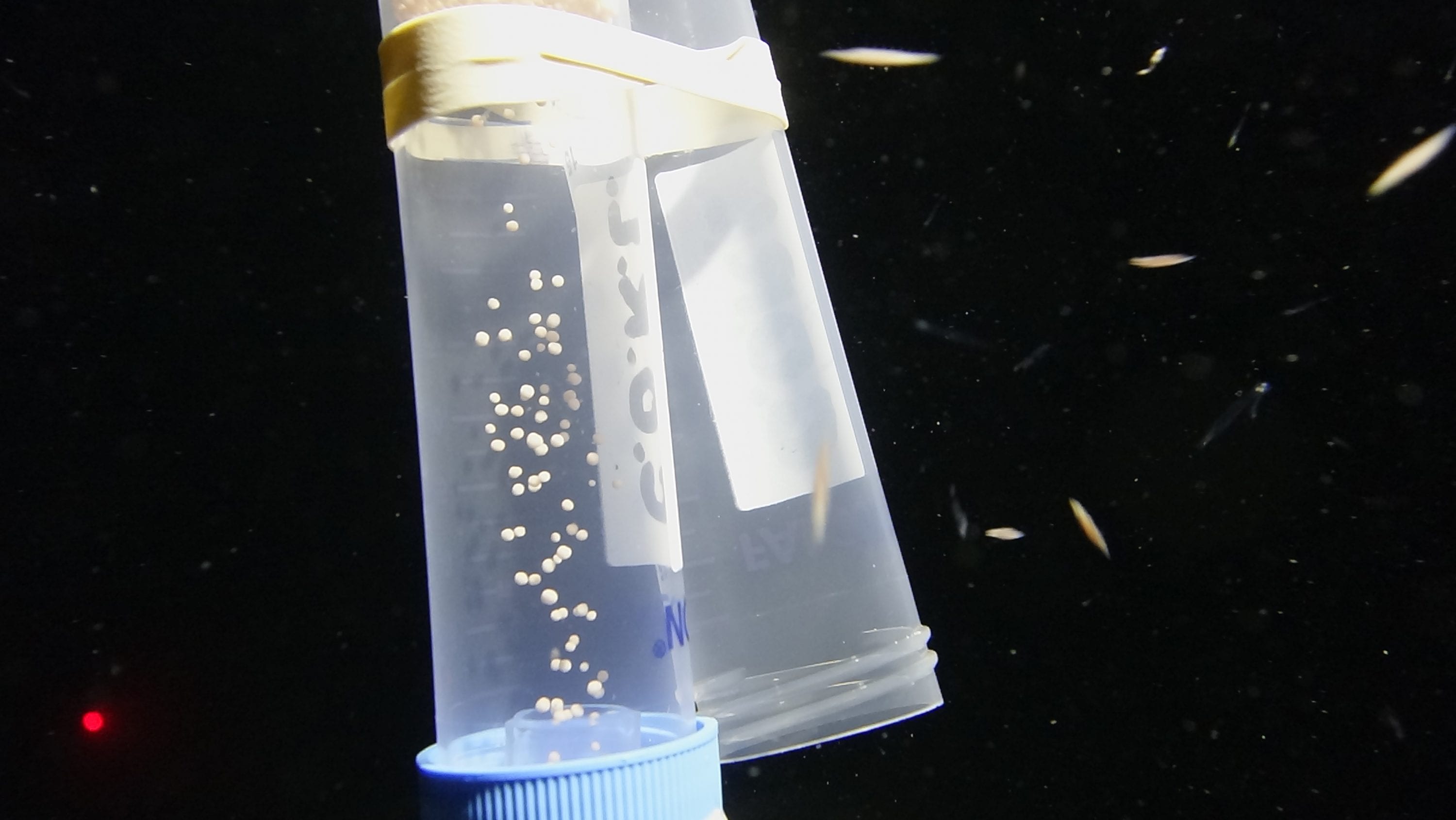
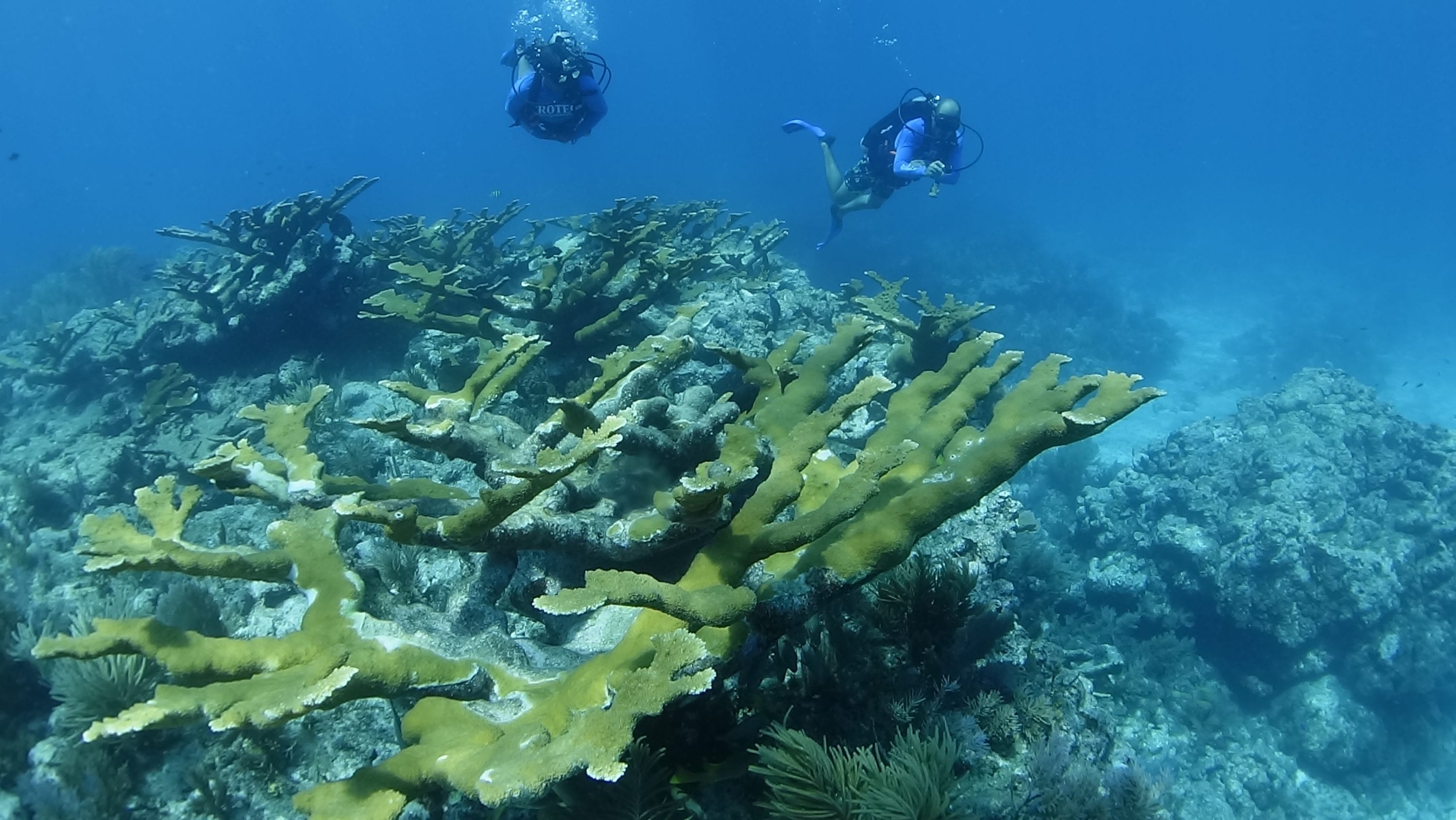

Cryopreservation — or freezing of gametes— is critical to safeguard against the loss of genetic diversity and allows us to work with this threatened species throughout the year. South-East Zoo Alliance for Reproduction & Conservation is our partner in this effort.
The future of our coral work is exciting and expands daily as our Tampa community and scientific partners rally with us.













